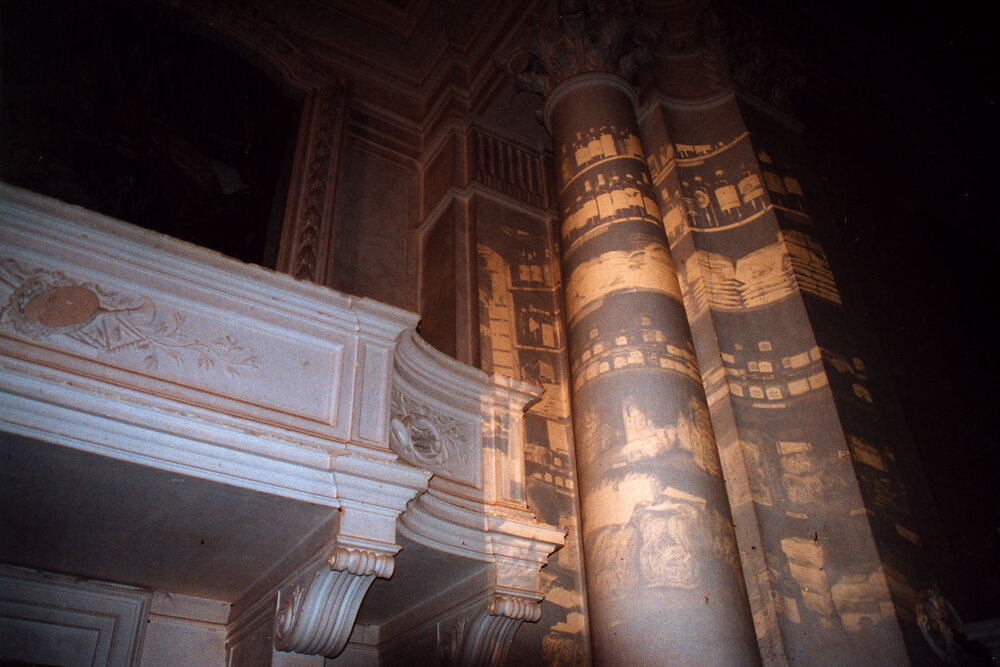“Il mio lavoro non è questione di strategia o di modo di pensare. Si basa piuttosto su principi guidati dall’intuizione. Gli strumenti del mio pensiero sono la misura e la proporzione e fondamentali per la mia pratica artistica sono una grammatica che riflette i rapporti spaziali elementari e una coscienza razionale del tempismo e dell’enfasi. Si tratta delle qualità sensuali insite nel corpo dello spazio, la loro materializzazione e la loro forma. Le mie opere non sono installazioni, non sono concettuali: è arte che non ignora il suo contesto architettonico. L’opera prende forma integrando strutture date in un insieme complesso e creando un canone di riferimenti tra elementi individuali e circostanziali. È un processo dialettico dove un discorso critico con la cultura contemporanea svela al suo interno una struttura architettonica. Il contenuto diventa forma. Il mio approccio critico-culturale non vuole proporre soluzioni autobiografiche a problemi universali. Credo che l’arte debba incoraggiarci a interrogarci sullo status quo e sulle strutture che ne consentono il perdurare.”
— Lothar Baumgarten, Arte all’Arte VII, 2002

